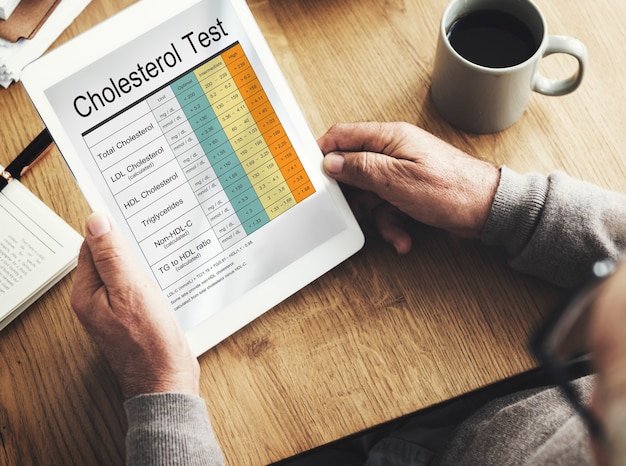Palm Oil on Your Plate: The Hidden Health Truth Behind the World’s Most-Used Vegetable Fat
From breakfast spreads to instant noodles, palm oil is everywhere. But how does this ubiquitous ingredient affect your heart, brain, and gut? Let’s unpack the science without the hype.

1. What Exactly Is Palm Oil?
Palm oil is a vegetable oil extracted from the reddish pulp of oil-palm fruit. Its neutral flavor, high smoke point, and long shelf life make it a favorite for processed foods and cosmetics. Globally, it accounts for roughly 35 % of all vegetable-oil consumption.
2. Cardiovascular Concerns: Saturated Fat & LDL Cholesterol
Palm oil is about 50 % saturated fat—higher than olive or canola oil. Saturated fat raises LDL (“bad”) cholesterol, a recognized risk factor for heart disease. A 2021 meta-analysis in the Journal of Lipid Research found that replacing palm oil with unsaturated alternatives reduced LDL by 8–12 %.
Key takeaway: Swapping palm oil for oils rich in mono- or poly-unsaturated fats can modestly improve your lipid profile.

3. Neurological Nuances: Vitamin E & Brain Aging
Palm oil contains tocotrienols, a rare form of vitamin E. Cell studies suggest tocotrienols may protect neurons from oxidative stress. However, human trials are limited and conflicting, so experts caution against calling palm oil a “brain booster” until larger studies confirm benefit.
4. Gut Health: Mixed Signals
Recent headlines label palm oil as a “gut saver,” largely because its saturated fats resist oxidation in the acidic stomach environment. Yet high intakes can also shift the microbiome toward pro-inflammatory bacteria. A 2023 Nature Microbiology study noted that mice fed large doses showed decreased gut microbial diversity—though human data remain sparse.
5. Industry Influence & Research Quality
The World Health Organization has likened palm-oil lobbying tactics to those once used by tobacco and alcohol industries, citing studies funded by trade groups that highlight positives while downplaying risks. Always check funding sources when reading new findings.

6. Practical Guidelines for Consumers
- Read labels: Palm oil hides under names like “vegetable fat” or “palmate.”
- Limit ultra-processed foods: These are the largest source of hidden palm oil and often contain excess sugar and salt.
- Choose healthier oils: For home cooking, favor olive, canola, or high-oleic sunflower oils.
- Moderation matters: If you enjoy a palm-oil–rich treat occasionally, balance it with an overall diet rich in fruits, vegetables, and whole grains.
7. Alternatives at a Glance
| Oil | Sat Fat % | Smoke Point °C | Best Use |
|---|---|---|---|
| Palm Oil | ~50 | 235 | Frying, processed foods |
| Extra-Virgin Olive | 14 | 190–210 | Salads, low-heat sauté |
| Canola | 7 | 204 | Baking, stir-fry |
| Avocado | 12 | 271 | High-heat cooking |
Bottom Line
Palm oil isn’t poison, but it isn’t a superfood either. Its high saturated-fat content can raise LDL cholesterol, and its environmental footprint is another conversation altogether. For everyday health, limit processed foods and favor oils with a better fat profile. Your heart—and the planet—will thank you.





